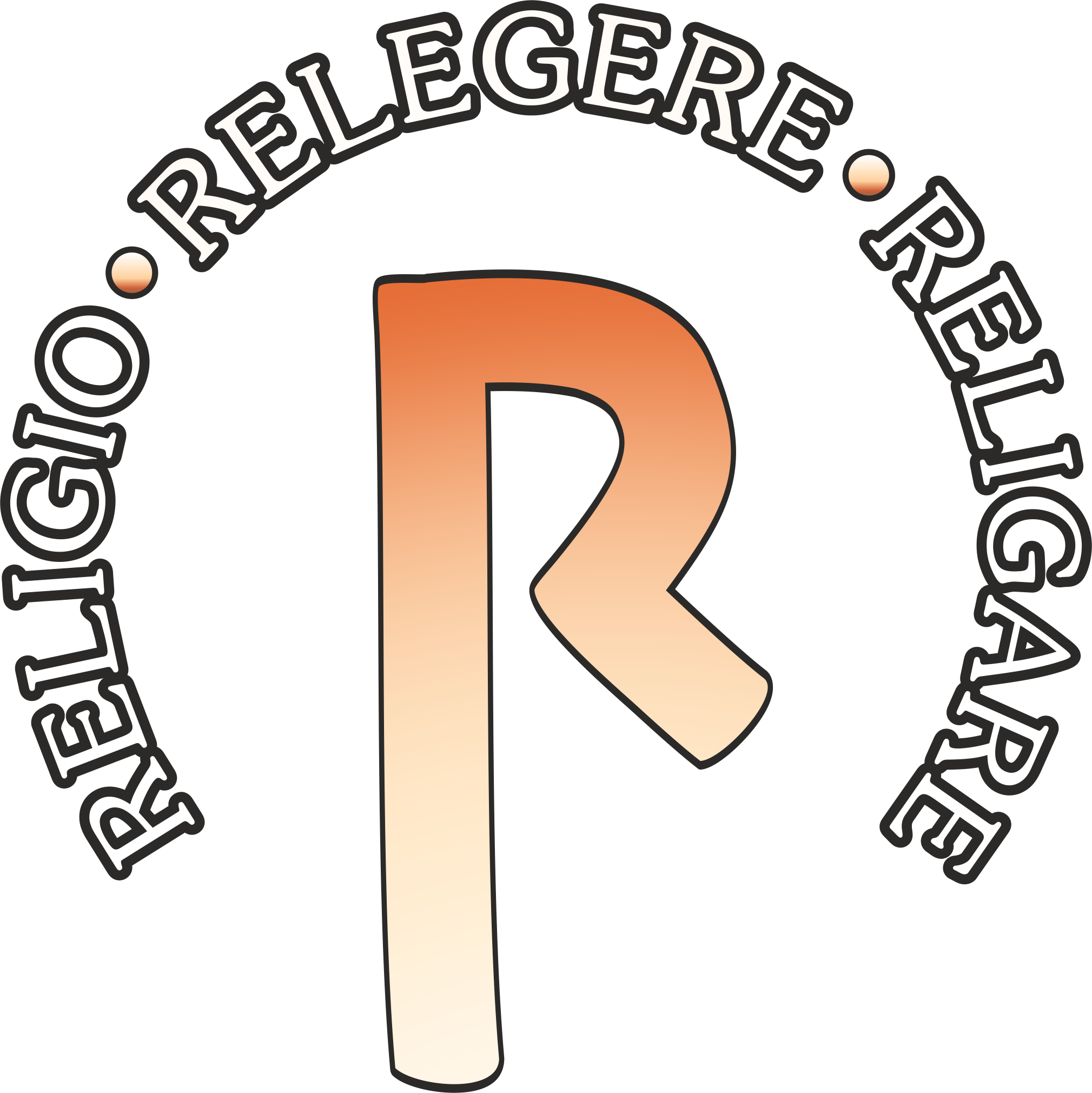Tales about the kami deities in Japanese collections of didactic setsuwa tales are interesting not only from the point of view of ideas about kami that exist in this tradition, but also from the way and extent to which these ideas are systematized. Collections can be used to access the familiarity of writers with the teachings about the deities and the spread of Shinto as a set of priesthood or monastic theoretical constructs. In the Kokon Chomonju (13th century), tales about kami are singled out in a separate section. Their themes include the connection between humans and deities, human qualities and actions that attract kami to help humans, and participation of kami in the fate of the whole country. The sources were probably instructions for pilgrims to the Ise and Iwashimizu shrines as well as the legends about the shrines at the old and new capitals (Kyoto and Nara), Mount Hiei and Kumano Mountains, and several provincial temples. There are three main plot lines here. They can be combined. 1. Kami reveal certain knowledge to humans in a prophetic dream or through possession. 2. Kami show anger and mercy. They value mercy in humans most of all, and become angry at violence against the weak. 3. Kami respond to prayers and waka songs or help chosen ones even without prayer. Ritual seem to have been established since ancient times, but they also changeable depending on the situation. The didactic component of a tale is to give an example of successful or unsuccessful choices in ritual action.
Key words: Shinto, Buddhism, setsuwa tradition, Tachibana Narisue, Kokon Chomonju
DOI: 10.22250/20728662-2025-2-64-75
About the author
 |
Nadezhda N. Trubnikova – Dr. Sci. (Philosophy), Leading Researcher, The Russian Presidential Academy of National Economy and Public Administration; 82 Vernadskogo Ave., Moscow, 119571, Russia; This email address is being protected from spambots. You need JavaScript enabled to view it. |






